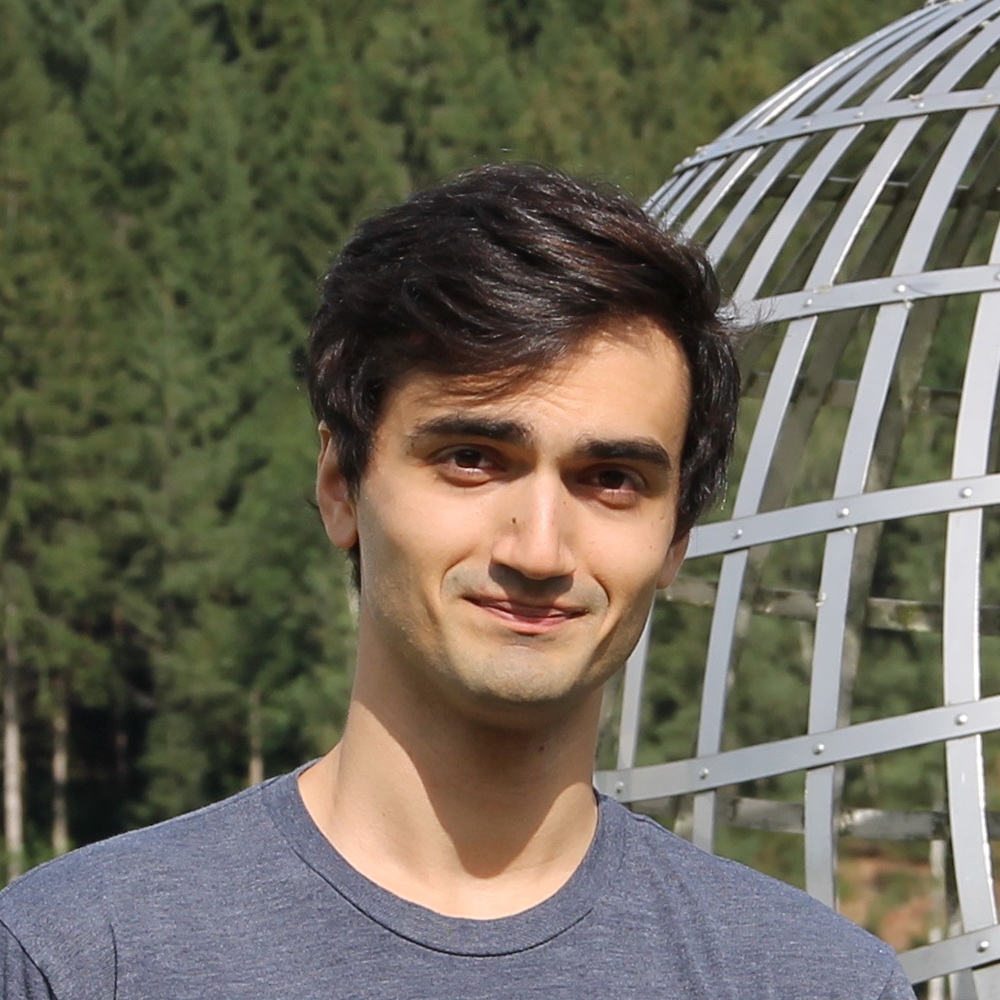Ishan Levy 
I am a Clay Research Fellow at the Institute for Advanced Study.
My CV is here.
Click ▶ to expand
Notes for some expository talks I have given
Tools of unstable homotopy theory [html] [pdf]For older writings and talk notes, go here